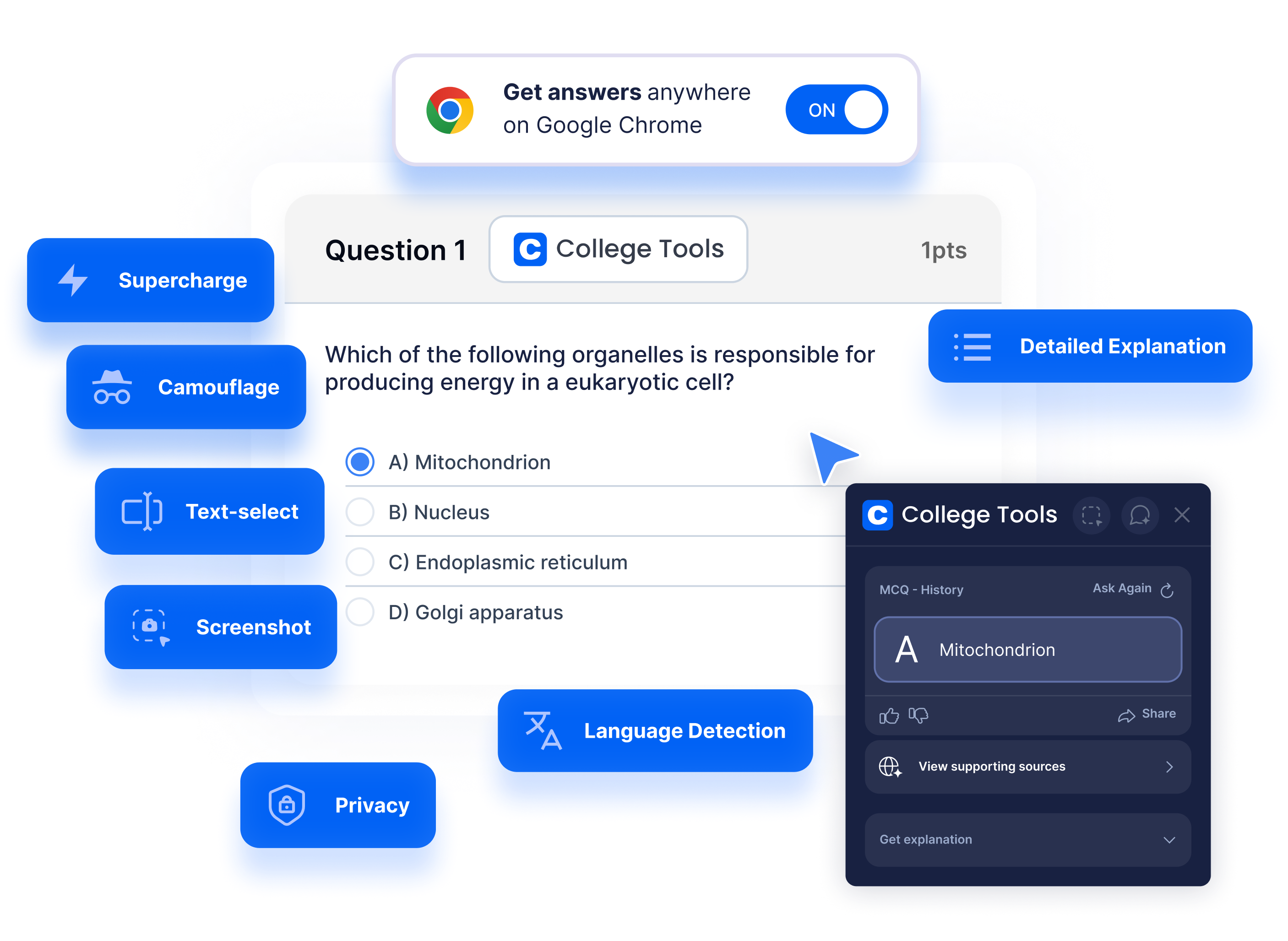Table of contents
- Unlocking Academic Excellence: Presentation Hacks
- 1. Start With a Hook
- 2. Make Use of Storytelling
- 3. Utilize Technology
- 4. Practice Mindfully
- 5. Embrace Pauses
- Strategies for Efficient Study and Test Preparation
- 1. Active Learning Over Passive Reading
- 2. Break Down Your Study Sessions
- 3. Mock Exams for Self-Assessment
- Conquering Multiple Choice Questions with Tech Tools
- Innovative Solutions
- Critical Thinking and Elimination Tactics
- Time Management
- Conclusion
Unlocking Academic Excellence: Presentation Hacks
Mastering the art of presentation is essential for university students, as it influences how they're perceived by their peers and professors alike. Great presenters captivate their audience, convey their message clearly, and leave a lasting impression. Here are some hacks you can use to elevate your presentation game:
1. Start With a Hook
Your opening should grab your audience's attention. Pose a thought-provoking question, state an intriguing fact, or share a compelling story. Websites like TED Talks offer a wealth of examples of engaging openings.
2. Make Use of Storytelling
Humans are wired to respond to stories. Weave a narrative through your presentation to keep your audience engaged and make your message memorable. Crafting a story around your data or topic can help clarify complex ideas and sustain interest.
3. Utilize Technology
Modern presentation tools can help you create more dynamic and interactive sessions. Consider College Tools, which provides features that can assist in constructing engaging multimedia presentations.
4. Practice Mindfully
Rehearsing your presentation helps you refine your delivery. Record yourself, watch the playback, seek feedback, and focus on areas that need improvement.
5. Embrace Pauses
Pauses can be powerful. They allow your audience to absorb information, give you a chance to breathe, and help you control the pacing of your presentation.
Strategies for Efficient Study and Test Preparation
1. Active Learning Over Passive Reading
Engage with the material instead of just reading it. Summarize the information in your own words, teach the content to someone else, or create flashcards.
2. Break Down Your Study Sessions
The Pomodoro Technique is an excellent way to structure your study time. Work for 25 minutes, then take a five-minute break. This keeps your mind fresh and maintains focus.
3. Mock Exams for Self-Assessment
Take practice tests under exam conditions. This helps identify gaps in knowledge and builds test-taking stamina. Resources like McGraw-Hill Connect can provide mock exam scenarios for many subjects.
Conquering Multiple Choice Questions with Tech Tools
Innovative Solutions
Making use of AI technologies such as those provided by Colleg Tools can offer students new ways to approach multiple choice questions. These tools analyze question patterns and suggest strategies for picking the most likely correct answer when unsure.
Critical Thinking and Elimination Tactics
Begin by eliminating obviously incorrect answers. Then, use critical thinking to assess remaining options. Look for qualifiers and absolutes in the question stem, which can hint at the correct choice.
Time Management
Allocate your time wisely during the exam. Don't spend too much time on any one question; instead, move on and return to it later if needed.
Conclusion
Whether you're working on your next class presentation or studying for a big exam, these hacks and tools can make a substantial difference in your academic journey. By engaging your audience with powerful presentations and adopting smart study techniques, you can enhance your learning experience and achieve better results.
Remember that resources are available to help you along the way. Platforms like Forbes Education and Scientific American's 'Education' can provide additional insights and information on effective learning strategies.









